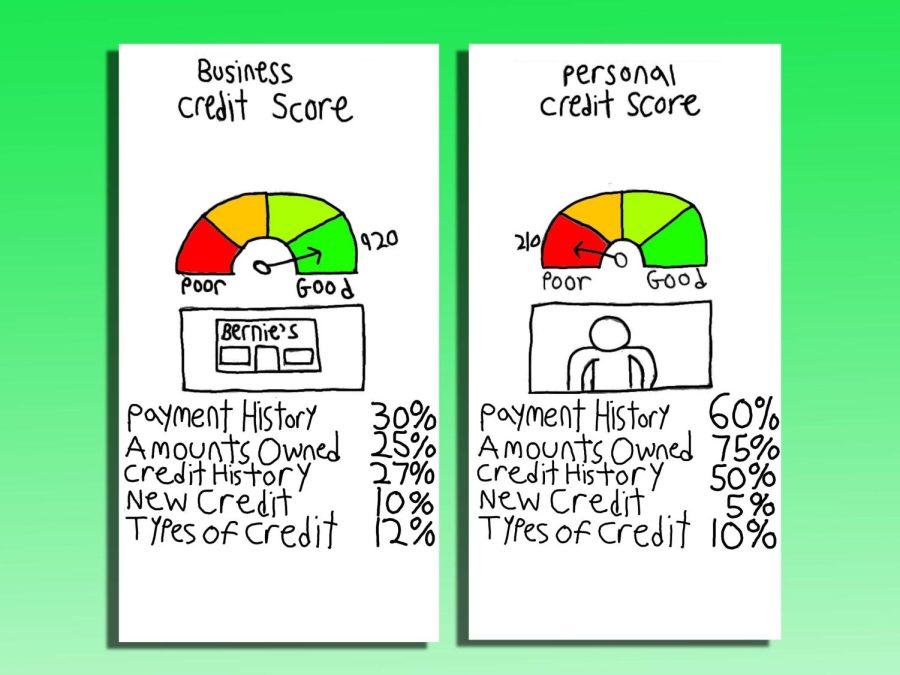Corporations may expand by leveraging their debt
November 13, 2022
Credit Fundamentals talked about debt and leverage on the smaller, more personal business scale in Issue 8. In this issue, we will examine how big corporations leverage debt effectively.
A business needs money to buy assets, run operations and to grow its overall company. The mix of debt and equity that a corporation uses for these purposes is known as its capital structure.
Companies have two ways of accessing debt, either through bonds and loans. There are the key advantages for a company to leverage debt compared to equity.
For one, a company may use a tax shield. Many forms of interest are tax-deductible in the United States. This makes the cost of debt cheaper than the cost of equity.
Companies may also retain their ownership. For equity financing, shares of stock are issued.
If an investor buys these shares of stocks, they would hold a percentage of ownership in that company, no matter how small. The main owners of the company — who are also the majority shareholders — may not want to reduce their stake in exchange for financing.
With debt, no amount of ownership is relinquished. If a company sells for a large sum, shareholders must be paid as well. If a business takes out a loan and has only debt to pay back, then a capital structure of debt may work better.
But large businesses cannot have a capital structure that is financed entirely through debt. With debt financing in the millions of dollars, the interest expenses on those debts will be a substantial liability for the business.
Also, credit agencies are not favorable for businesses with a high debt-to-equity ratio. Just like personal credit and individual consumers, lenders will be more hesitant to a business with a high risk of default.
When determining their optimal capital structure, a company’s objective is to have a mix of debt and equity.
In an optimal capital structure, the firm’s weighted average cost of capital will be low. The cost of capital refers to how much access to capital costs for a firm. Most firms will use debt first and then equity.
Unless you have access to a large sum of money like a trust fund, you may end up borrowing money. If you do so, it is important to do it at a reasonable rate to avoid paying too much interest and defaulting on your debt obligations.
The next issue will cover common criticisms of debt and ways to respond to them.







